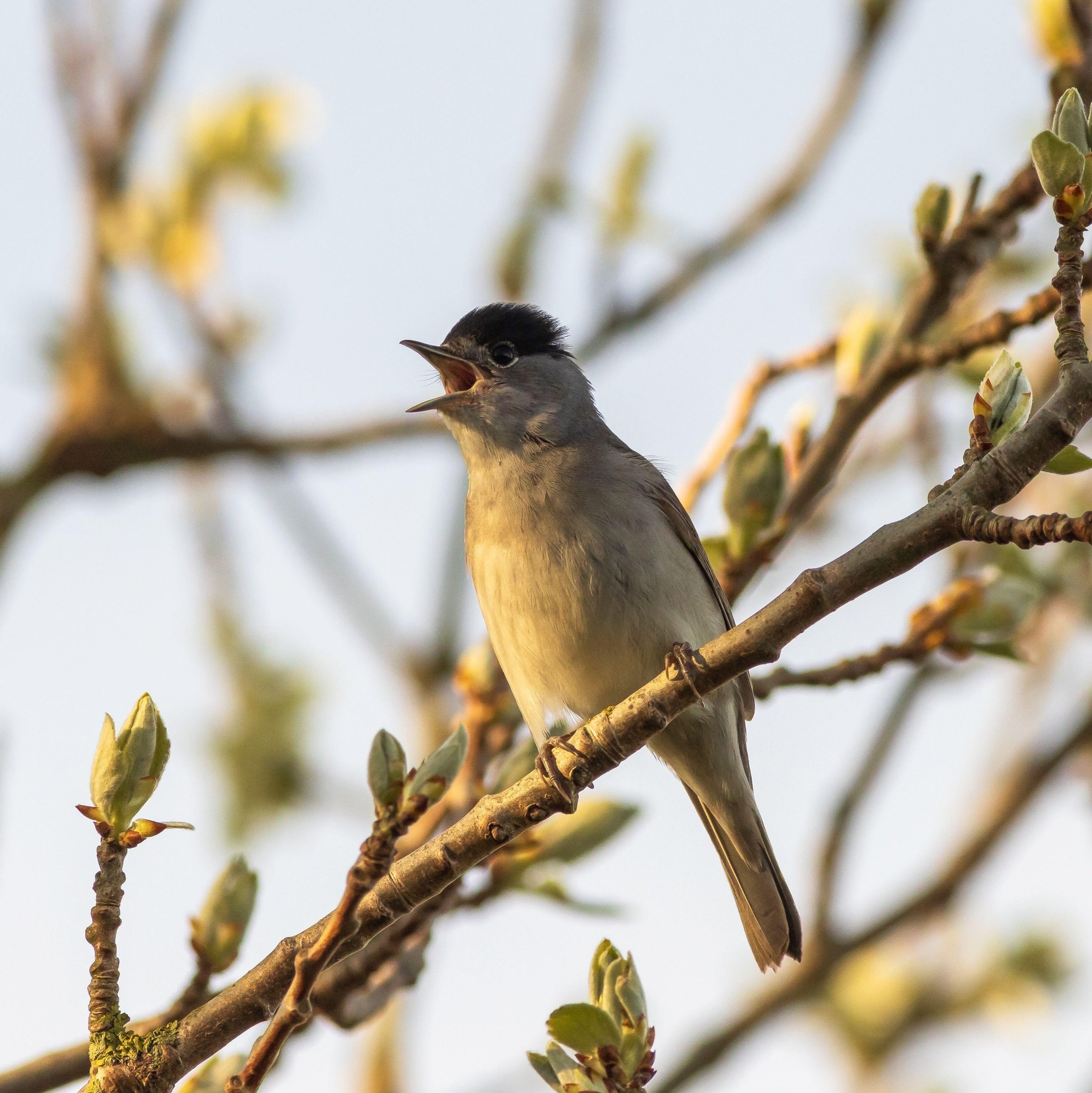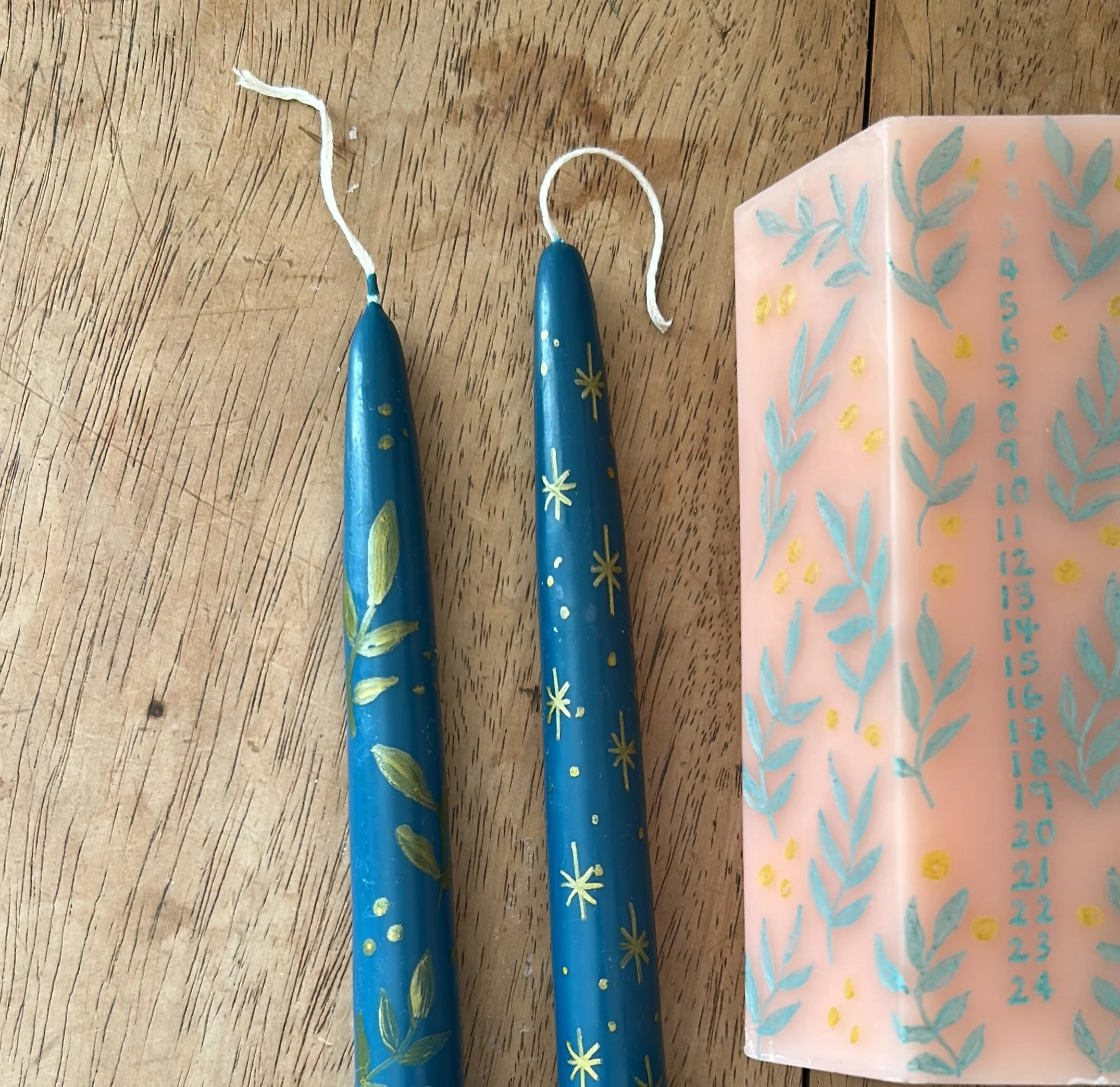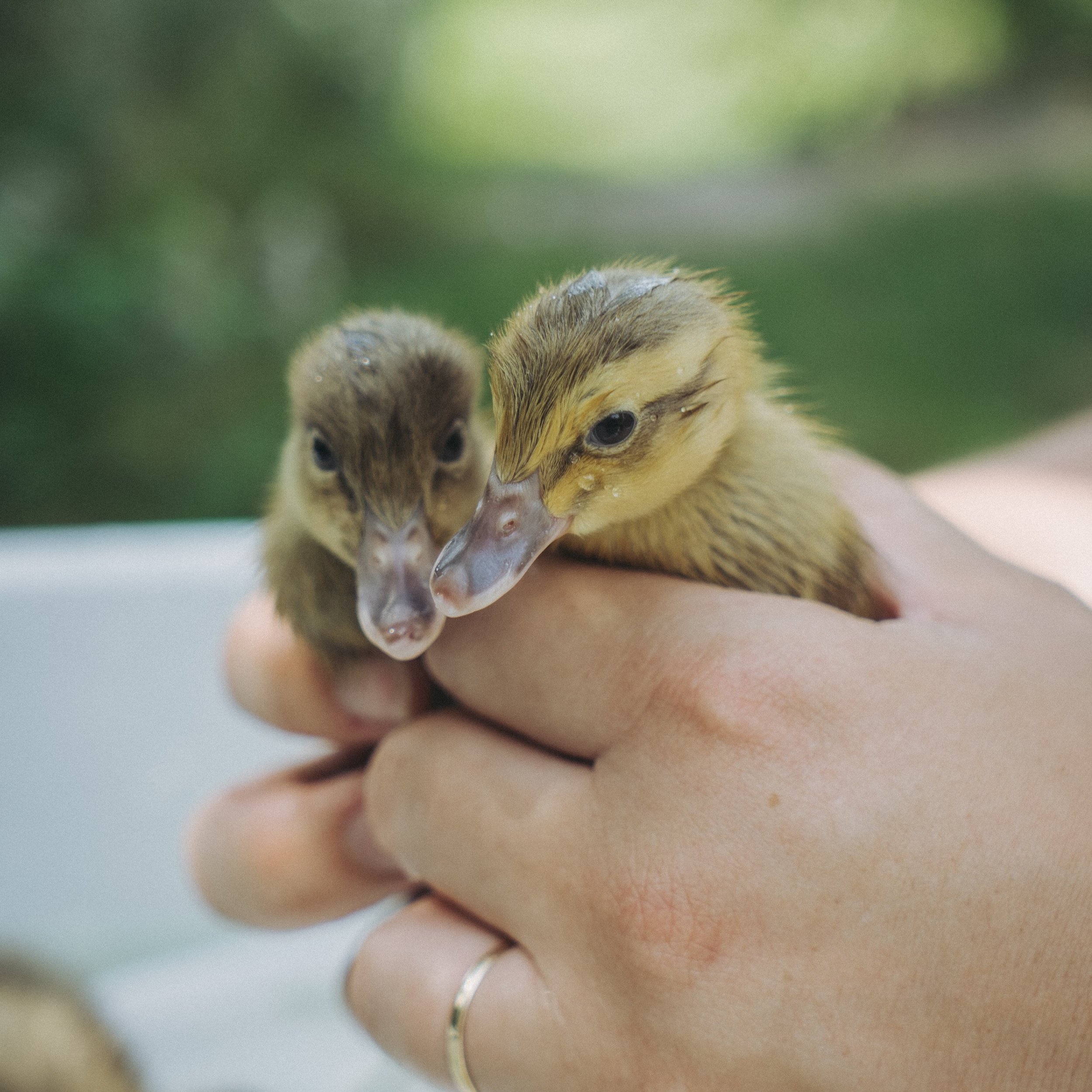Illustration by Zuza Misko
No longer the preserve of primary school children, pond dipping is a simple and mindful pastime that is fascinating and fun. Here’s how to get started
You will need
A flat plastic tray (white is best for spotting pond life); a small net or sieve; a magnifying glass, a spoon.
How to pond dip
Approach the pond slowly and quietly so you don’t scare off the wildlife. Lower the plastic tray into the water and fill it half full with pond water to put your ‘finds’ into.
Using the sieve, scoop through the water nearish to the bottom of the pond and then quickly empty it into your plastic tray. Leave the tray of water to settle a bit.
Carefully and gently use the spoon to search through the water and weed for any wildlife. Use the magnifying glass for a closer look. You can photograph any interesting finds if you wish, and maybe sketch them later.
If you have regular access to the pond you might like to start a notebook and date and log your finds along with any photos or sketches to allow you to track the pond’s wildlife across a year.
Once you’ve finished, carefully lower the tray back into the water to let your finds go. Make sure nothing gets left behind in the tray.
What you might find
Water boatmen, leeches, water snails, diving beetles, dragonfly and damselfly nymphs, whirligig beetles, tadpoles, newts, toads, sticklebacks, backswimmers, pond skaters and much more…
If you’d like to learn more about some of our native pondlife, don’t miss our Magical Creatures page this month, which is all about water boatmen.
Buy this month's The Simple Things - buy, download or subscribe



















































